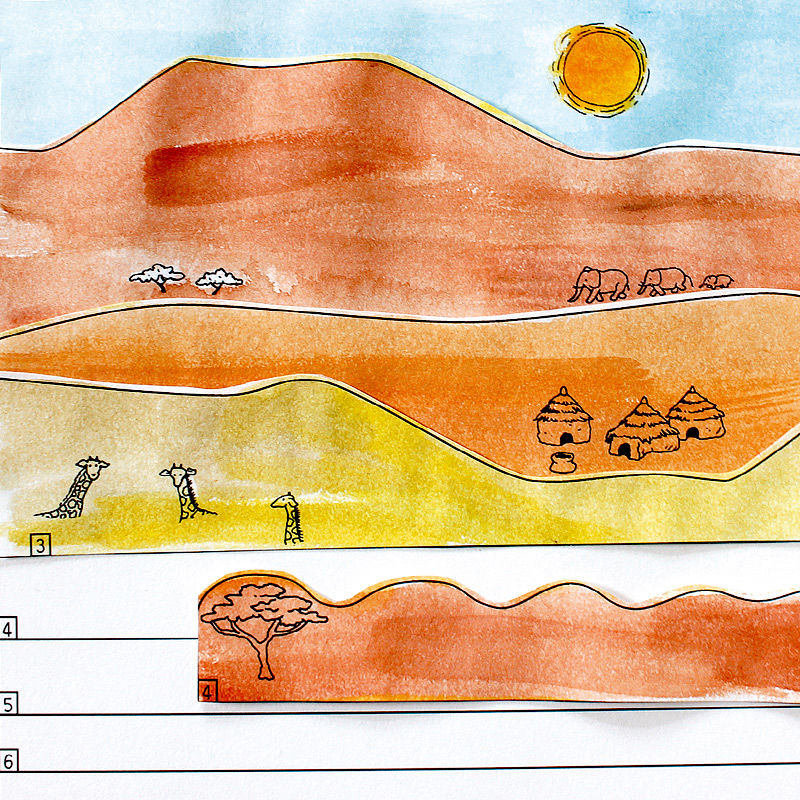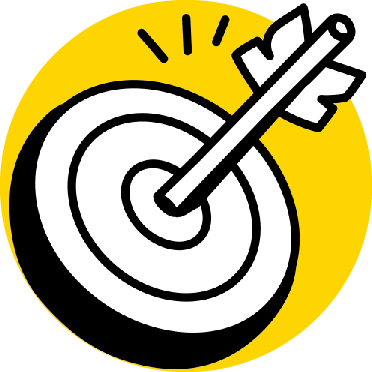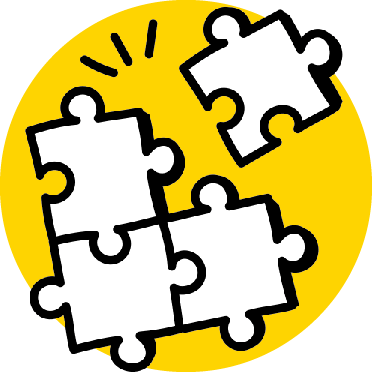How can I use this resource?
This unique resource offers a creative approach to developing fine motor skills in children. By providing engaging cutting exercises featuring captivating landscapes such as the Arctic, desert, savannah, prairie, mountains, and the ocean, it encourages hands-on learning.
What does this resource contain?
Inside, you'll find two sets of six templates, tailored to motivate and advance your child's cutting proficiency. The step-by-step process involves 'cut out' sheets along with matching 'stick on' sheets. After carefully following instructions to trim, cut, and arrange the strips, children create beautifully harmonious pictures.
Why are scissor skills so important?
Mastering scissor skills is key for more than just cutting! It builds hand strength, sharpens hand-eye coordination, boosts attention span and enhances bilateral coordination, vital for daily tasks. Bilateral coordination involves using both sides of the body simultaneously. In scissor skills, one hand holds the paper while the other operates the scissors, enhancing coordination for tasks like zipping coats and writing.
The ability to cut with precision is a crucial fine motor skill that aids in hand-eye coordination and dexterity. It's a progressive skill that builds over time, eventually allowing children to engage in more complex activities. The ability to cut develops only with a lot of practice, as cutting calls upon fine motor and coordination skills. A child who is learning to cut should be able to independently use a fork and spoon, and also use the thumb, index finger, and middle finger separately.
As children grow, so do their scissor skills. Around 18-19 months, they learn to grip scissors and attempt opening and closing them. Progressing, they refine their grip, aiming for thumb-through-upper-hole and middle-finger-through-lower-hole positioning. By 20-23 months, they practice opening and closing motions, gradually honing their control. At 30-35 months, they embark on cutting paper, initially in random patterns. Then, from 36-41 months, they master straight lines, learning to hold scissors at a 90° angle for precision. Further, at 42-47 months, they progress to wavy lines, showing improved control and a more relaxed grip. By this age, they also conquer basic shapes. Finally, at 48-57 months, they confidently tackle complex shapes and figures, showcasing their evolving scissor proficiency.
Empower little hands with essential scissor skills. Our First Cuts templates guide kids through a progressive cutting journey with captivating landscapes.
Labbé GmbH
Walter-Gropius-Str. 16
50126 Bergheim
Germany
hello@labbeasy.com
First Cuts with Strip Pictures
Empower little hands with essential scissor skills. Our First Cuts templates guide kids through a progressive cutting journey with captivating landscapes.











